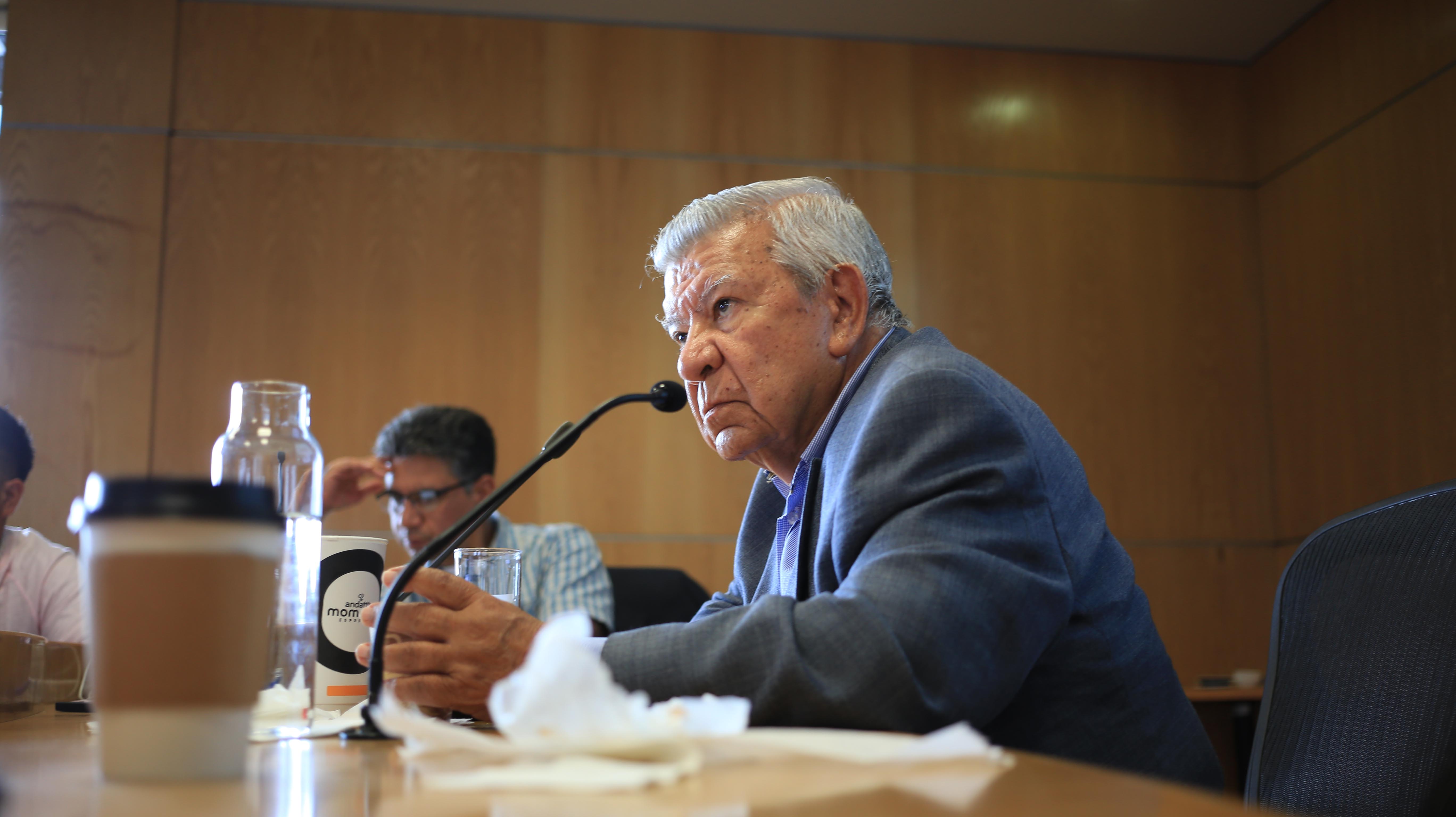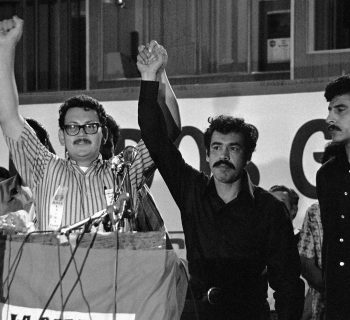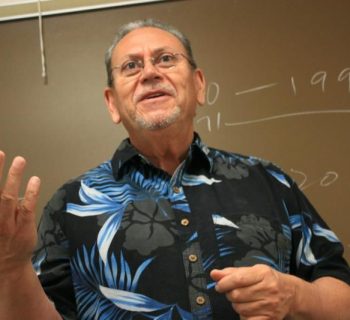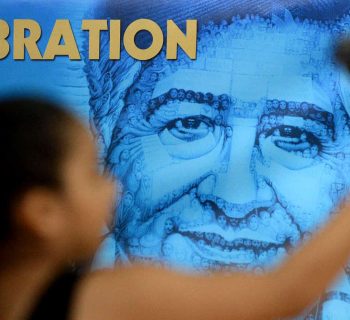By José Angel Gutiérrez, Latinopia.com – April 3, 2021
En Paz Descanses Jorge

Bustamante wrote his dissertation at Notre Dame on his experiences while crossing into the US from Mexico without papers.
Jorge Bustamante asked how many of these Raza Unida Summits we held and why we used the terms Raza and Chicano. By then we only had done two other summits in Kingsville Texas and Laredo, Texas. In Kingsville, the result was a boycott of Humble Oil Company, now known as Exxon, for job discrimination against Chicanos, and in Laredo it was about the racist and cruel treatment by Border Patrol agents toward Mexican immigrants. We blocked the bridge at the middle so the Mexicans couldn’t arrest us, and neither could the US police; we just moved one direction or the other depending which police were coming toward us. We never got around to defining the words he wanted. Instead, he explained to me that little was known about Chicanos in Mexico, but he also pointed out that Chicanos knew little about Mexico. Bustamante was writing his thesis and later his dissertation at Notre Dame on his experiences while crossing into the US from Mexico without papers. For now, he wanted to know what support we could give him because he wanted to start a class on Chicanos in the United States at the National University of Mexico in Mexico City. I said, Nada, because we were trying to do that at the University of Texas at Austin and not having much luck. And just like we eventually did begin a Mexican American Studies program at UT Austin so did Bustamante at the UNAMas he called it in the DF. That is how I met Jorge Bustamante Fernandez and continued the relationship for the next 52 years. Our last project was to create a university in Baja California with a focus on Mexicans in the United States and Canada; the other Mexico and he and I called it. In 1982 he founded another university located south of Tijuana, Baja California Mexico, El Colegio de la Frontera Norte. (COLEF)

In 1982 he founded another university located south of Tijuana, Baja California Mexico, El Colegio de la Frontera Norte. (COLEF).
Bustamante was a remarkable man. He was a lawyer before he became an academic. Like me he preferred being a scholar than a lawyer, an activist more so than a bureaucrat, a human rights advocate more than a theorist. He was a very able do’er. When Luis Echevarria became President of Mexico, he personally made it his priority to get us access to the president. That is how I was able to get the Becas Para Aztlan program, full scholarships at Mexican universities for Chicanos to study and become medical doctors, and a few PhDs. That is how I got funding to have two movies done on Chicanos, the one Jesus Trevino made, Raices de Sangre, about the deaths of Mexican immigrants left locked in a U Haul truck near Del Rio, Texas, and the other movie about Reies Lopez Tijerina, El Chicano. That is howI got the Enciclopedia de Mexico to include a section on us living in the United States. That is how I got hundreds of books in Spanish for Mexican prisoners held in US penitentiaries and into public schools with bilingual programs. That is why the Aguila Azteca awards have been granted to dozens of Chicanos, the highest honor Mexico can give a non-Mexican national. During the years, Bustamante helped us get access to the Mexican President in Los Pinos, we met with him and other high ranking Mexican officials more than any Chicanos had ever been to the White House or met with the U.S. President.

Bustamante helped get funding for the feature film Raices de Sangre about border trafficking of immigrants.
A major contribution Bustamante made, among many, was on human rights and immigrant labor reform. He opened the door to several Mexican presidents for us, particularly Ernesto Galarza, to lobby against re-introducing Bracero Labor contracting. He started the monitoring of immigrant labor crossings along the US-Mexico border and that information is now the official Mexican data on Mexican migratory labor. The United Nations Human Rights Commission named him a Special Rapporteur on Mexicans in detention in the United States. The Organization for Economic Cooperation and Development (OECD), a non-governmental entity named him official Correspondent on international migratory issues given his expertise of Mexican labor.
For many years he taught at Notre Dame University, his alma mater, and at mine, the University of Texas at Austin. He wrote hundreds of Opinion Editorials, dozens of articles, and books, and was honored with Professor Emeritus status by both the COLEF and Notre Dame. He was dedicated to his family and his students. The day he died he was to teach his seminar on International Migrations and Human Rights. Now, several of us are going to finish the graduate course for him. My topic will be on the Flores v. Reno case about minors in detention, family separations, and the Settlement Agreement repeatedly violated by the US government. So much for the rule of law the US reminds the world, Jorge probably would have said.
By José Angel Gutiérrez, Latinopia.com – April 3, 2021
Copyright by José Angel Gutiérrez. Photo of Jorge Bustamante meeting with Rodolfo Echevrria courtesy of Jesús Treviño. All other photos courtesy of Jorge Bustamante, Jr. and used with his permission.






